Keto Tips to Personalize and Hack Your Diet

What determines if you’re on a true ketogenic (keto) diet?
In simplest terms — ketosis! Basically, nutritional ketosis is a change in metabolism where the body primarily burns fat (ketones) for energy over carbohydrate (glucose). Technically, a keto diet can be any version of a diet that will put you in a state of ketosis. Ketosis is typically achieved by consuming a diet high in fat, moderate in protein, and low in carbohydrates, which, for most people, means consuming less than 50 grams of carbs per day.
Tips to help you find your own version of keto:
As a nutritionist, I’m often asked to create personalized meal plans. While meal plans aren’t part of my philosophy of living a sustainable fat-fueled life, my aim is to help others find their OWN version of keto, not rely on the one I create for them (which is always short-lived).
My aim, then, is to help guide, adjust, and supplement to one’s nutritional plan based on individual needs and goals. When it comes to nutrition and health, the best meal plan is the one that YOU can stick to, while allowing it to mold and evolve as you go.
First, start with the basics.
 We have to start somewhere. So, if you’re new to keto, a good place to start is with the general guidelines. Use the beginner’s guide to kick-start your keto diet. Try to maintain this for one to three months until you have stabilized through the keto flu and become fat-adapted, which takes two to four weeks for most people.
We have to start somewhere. So, if you’re new to keto, a good place to start is with the general guidelines. Use the beginner’s guide to kick-start your keto diet. Try to maintain this for one to three months until you have stabilized through the keto flu and become fat-adapted, which takes two to four weeks for most people.
Find your menu.
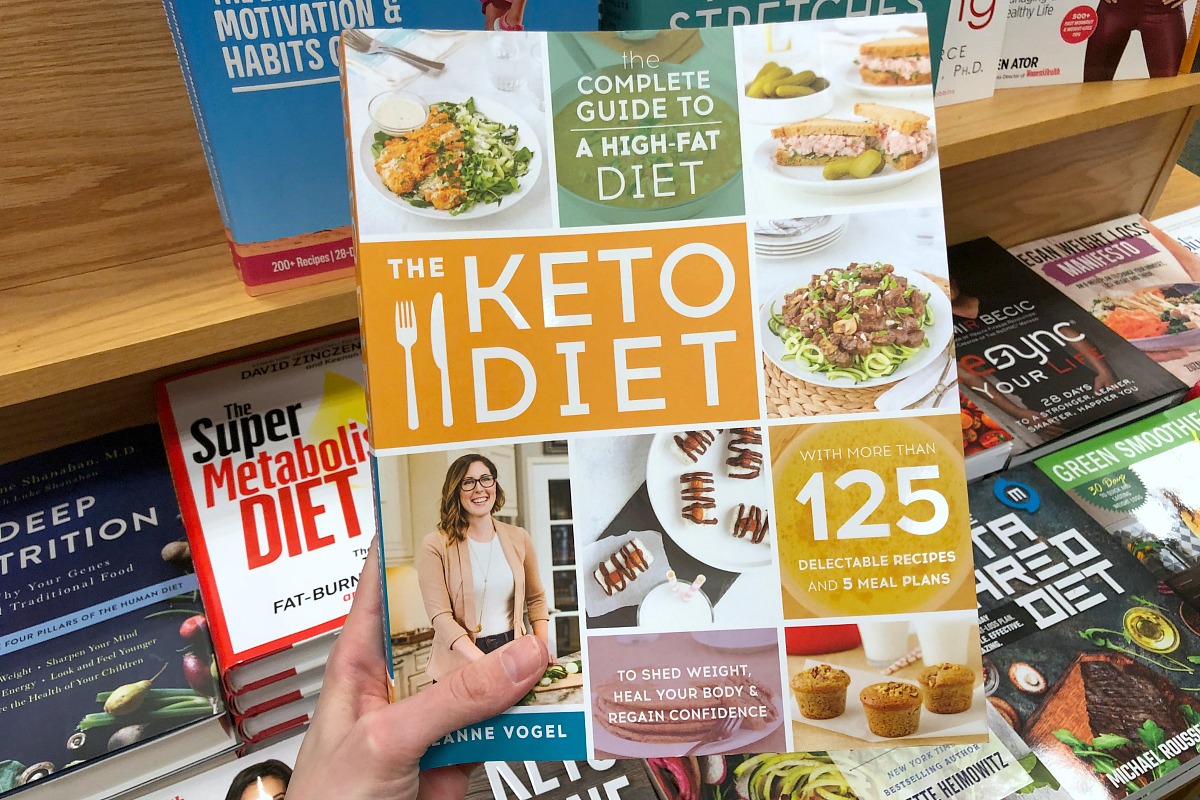
Keto is catching on! This means you’ll find endless cookbooks on Amazon and several books available at stores like Costco, Sam’s Club, and Target. Start looking for recipes on websites like Hip2Keto and Pinterest.
Think of what you eat now, and then see if you can find a keto-friendly version of that food. Think of all your meals. What do you like to eat for breakfast, lunch, and dinner? What can you use to replace your current snacks? What are you going to drink to stay hydrated throughout the day? Research, plan, and experiment with new recipes. You’ll slowly begin to find your go-tos just like you have now. Keto is about replacing, not restricting.
Ask questions.

As you become more adapted to keto, start to regularly ask yourself these questions:
• How do you feel?
• Are you satiated between meals?
• Is your energy increasing or decreasing?
• If you’re exercising, how is your performance? (physical performance, typically take about 3 months to get adapted)
• Are you sleeping well?
• Do you have any side effects?
• Are you meeting your personal goals by living a keto lifestyle?
• Are you happy?
Troubleshoot and check back in with yourself.
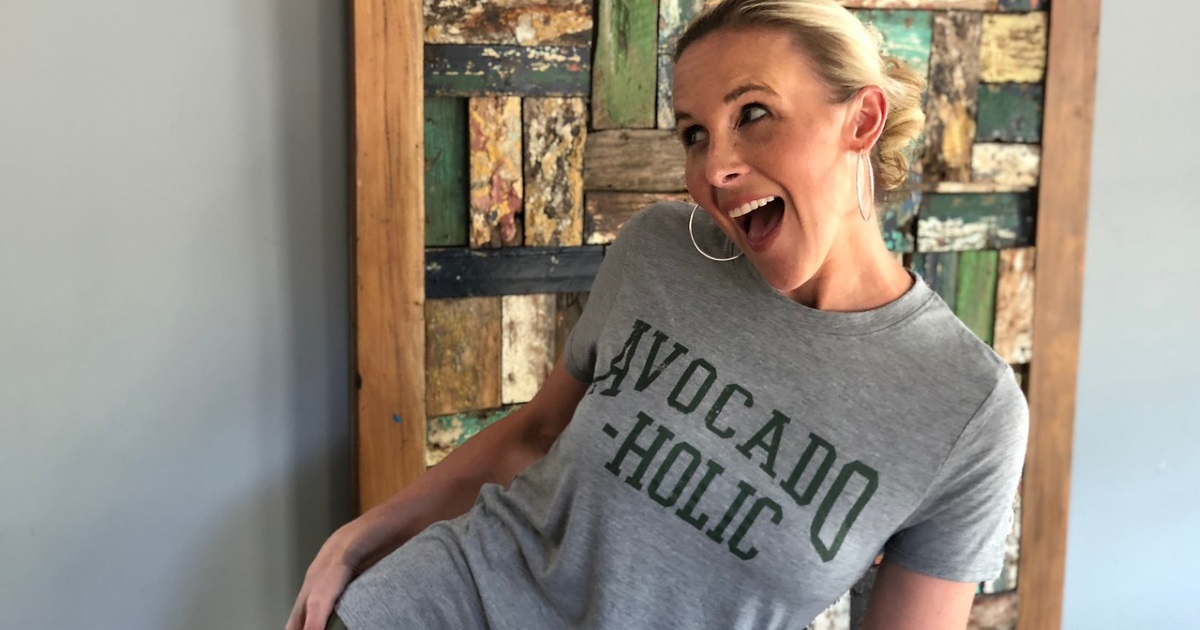
Depending on your answers, you can choose to stay where you are, or start troubleshooting your diet. Try a week or two of whatever change you make and go from there.
Over time, continue to reassess if you’re meeting your goals and ask yourself the questions above. If you’re not meeting your goals or feeling awesome following a keto lifestyle, continue to troubleshoot and check to see why you may have plateaued.
Here are some tips to help you hack your keto diet!
If you have been following a keto lifestyle for one to three months and feel you’re not quite at your best, it may be time to start troubleshooting to find your perfect keto fit. Below are some quick tips to consider. Also, I highly recommend just trying one new adjustment at a time so as to better determine what is (or isn’t) working.
Manipulate carbs.
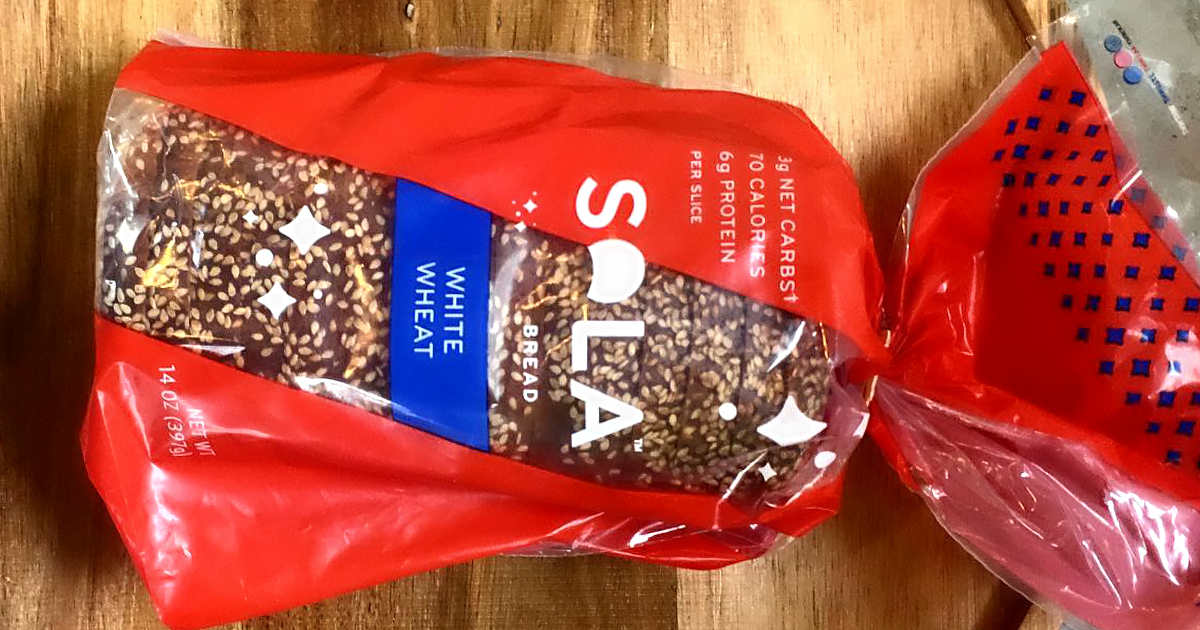
Try upping or lowering net carbs by 10 grams of carbohydrate at a time per day.
Adjust protein.
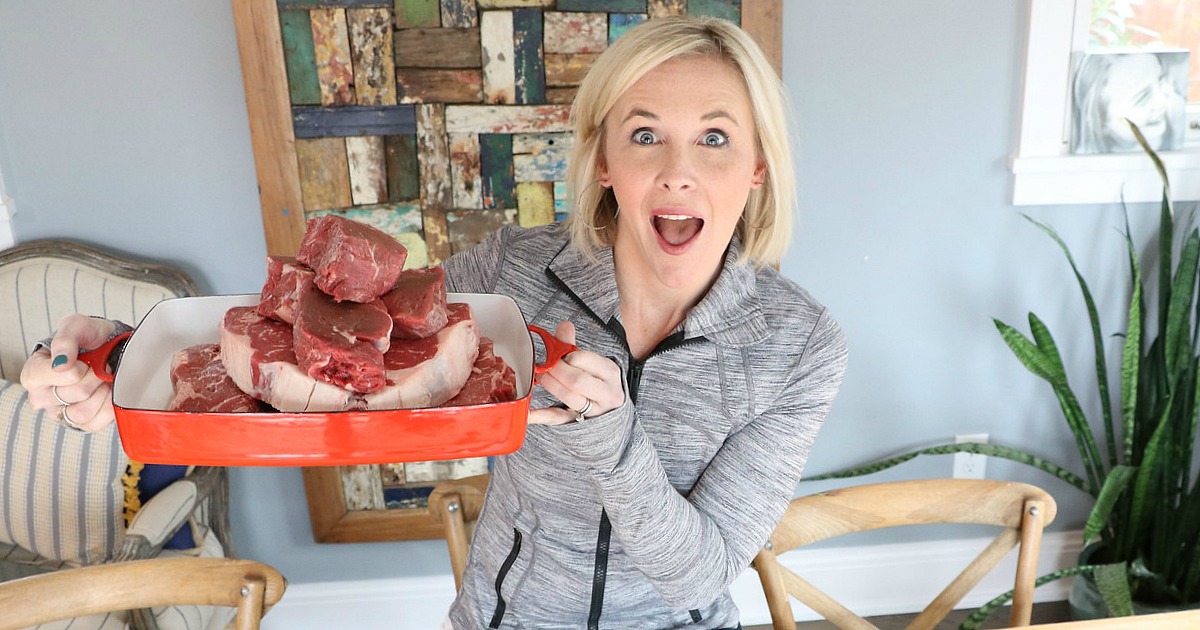
Increase or decrease your portion of protein at each meal. If you consume six ounces per meal, try cutting it back to three ounces. However, if you’re exercising and trying to build muscle, you may want to increase protein to eight to nine ounces per meal.
Moderate the fat.

After about a month of keto, you may want to slightly dial back the fat if you’re trying to lose weight. However, if you’re feeling hunger or cravings between meals, you may need a bit more.
Trial of elimination.
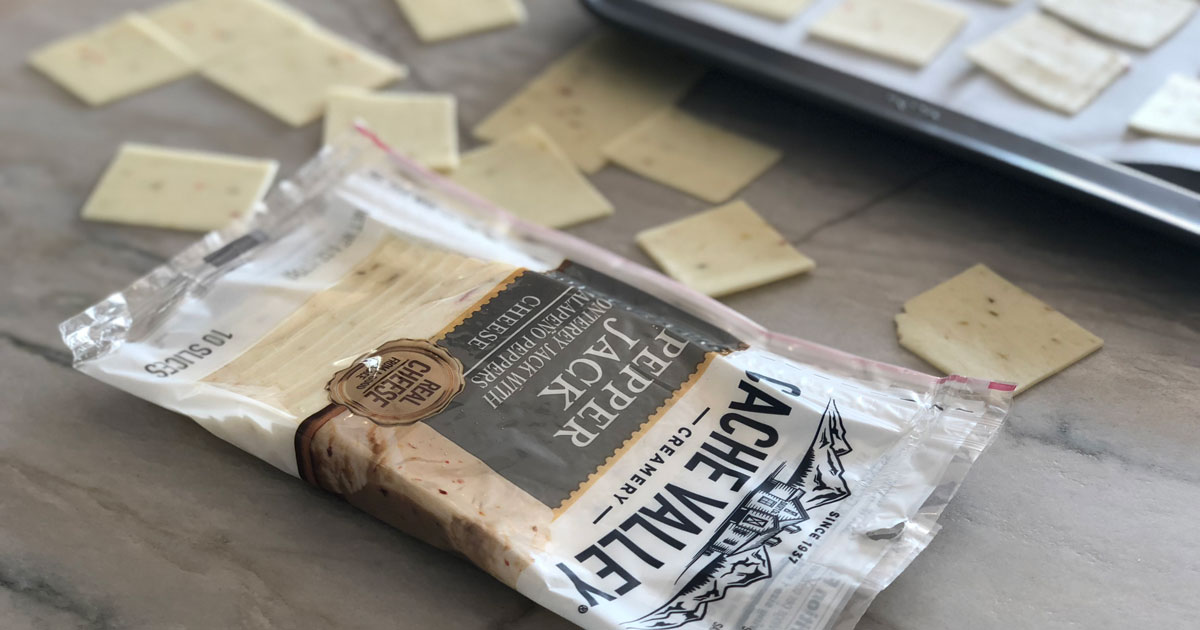
Consider a one-month trial of eliminating certain foods that may cause digestive issues, weight-loss plateaus, increase inflammation, and affect insulin. After the one-month trial, add the eliminated food back in slowly to assess how you feel. (Only pick one food to eliminate at a time):
• Dairy: All forms including whey and casein.
• Gluten: A keto diet is gluten-free. However, I notice some people sneak in small amounts of these foods as part of their carb allotment.
• Nuts: All forms, including butter and flour.
• Alcohol: if drinking alcohol is a regular habit, this may definitely get in the way of feeling your best on keto.
• Alternative sweeteners: All kinds, even including stevia and sugar alcohols, as these can trigger cravings and over-eating in some people.
• Processed foods: Yes, even keto-friendly processed foods. These may affect weight loss and increase inflammation. Aim for whole, fresh food as much as possible.
Check out these 12 reasons why people stall on keto for more troubleshooting tips to breakthrough.
Remember, every single one of us will have a different experience with keto.
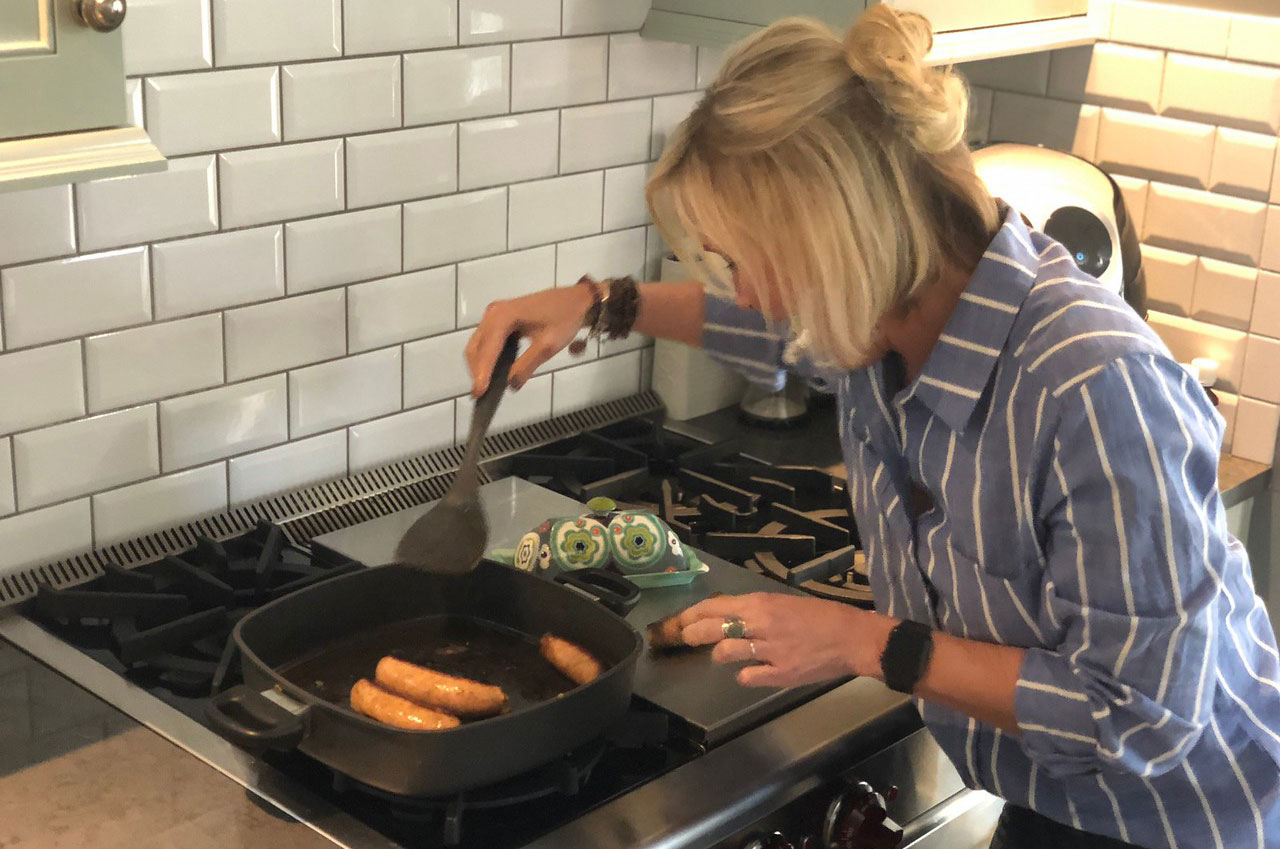
Some may be able to maintain ketosis with higher amounts of carb, while others may need to consume less. Although we have general guidelines, there’s no right or wrong way to a keto diet as long as one is healthy, feels great, and meeting their personal goals.
And keep in mind, a healthy diet should evolve. Why? Because as we age, and make changes in our lifestyle and physical activity, our nutritional needs change as well.
My own, current version of keto is much different than it was in the beginning. I have more energy to exercise harder, my body weight and composition have changed, new goals have been created, and my knowledge about nutrition is constantly growing and evolving. As a result, nutrition flexibility has allowed me to find a version of keto in which I feel my absolute best! I am constantly checking in with myself and adjusting how I eat (or don’t eat).
Nutrition is constantly evolving, so don’t be afraid to troubleshoot and adjust your keto diet as you go. And remember, when it comes to nutrition and health, the best meal plan is the one that you can stick to.




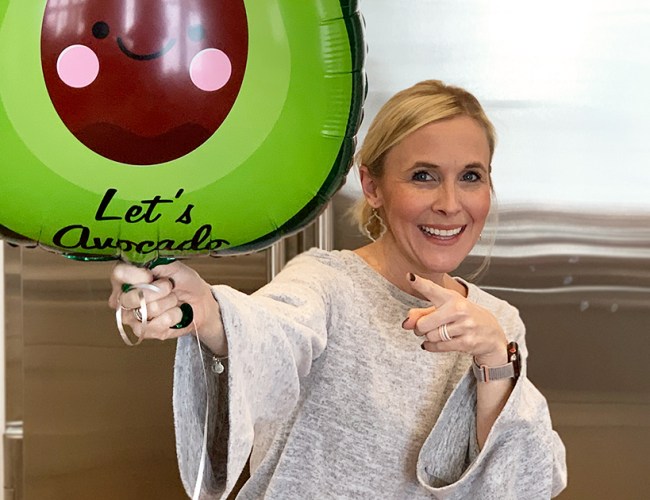
Comments 0